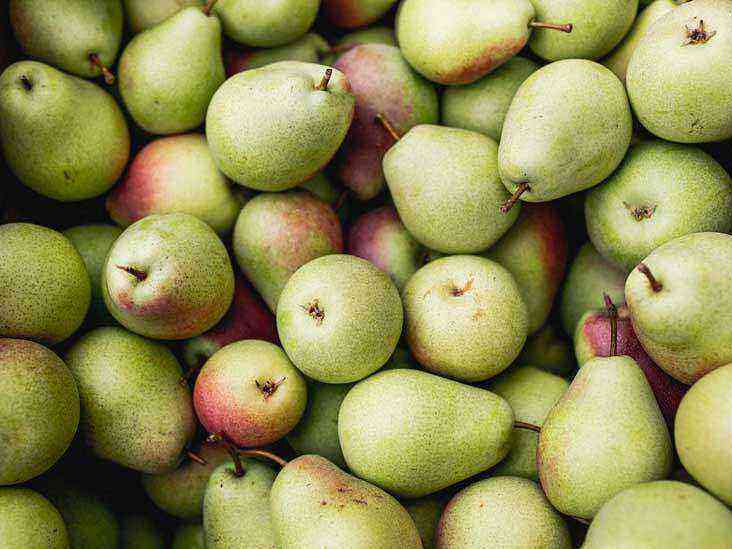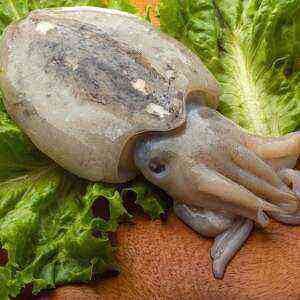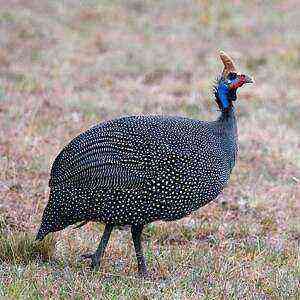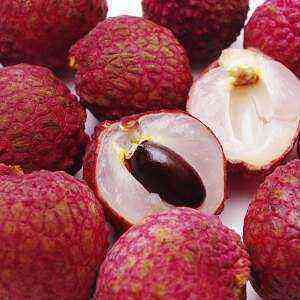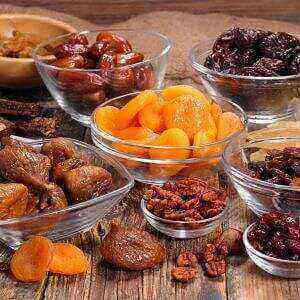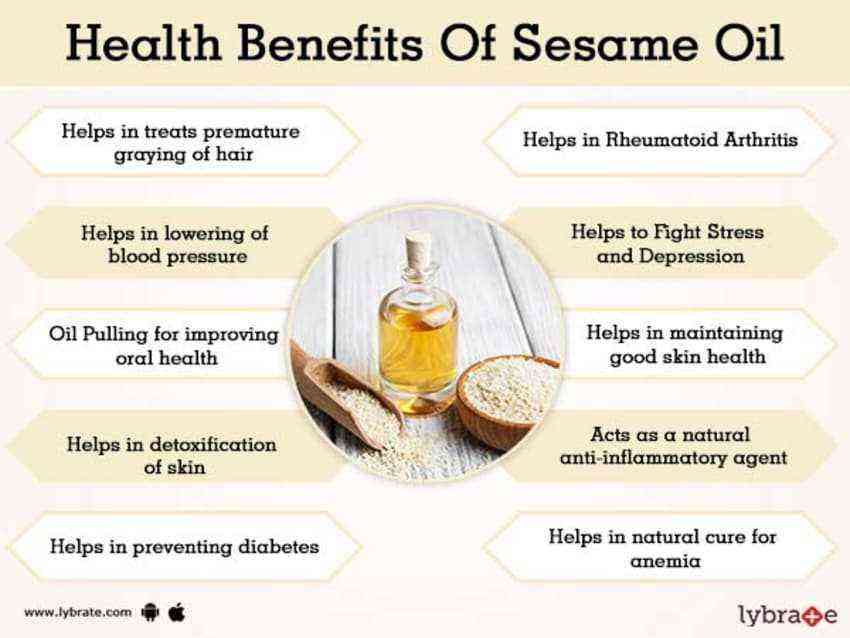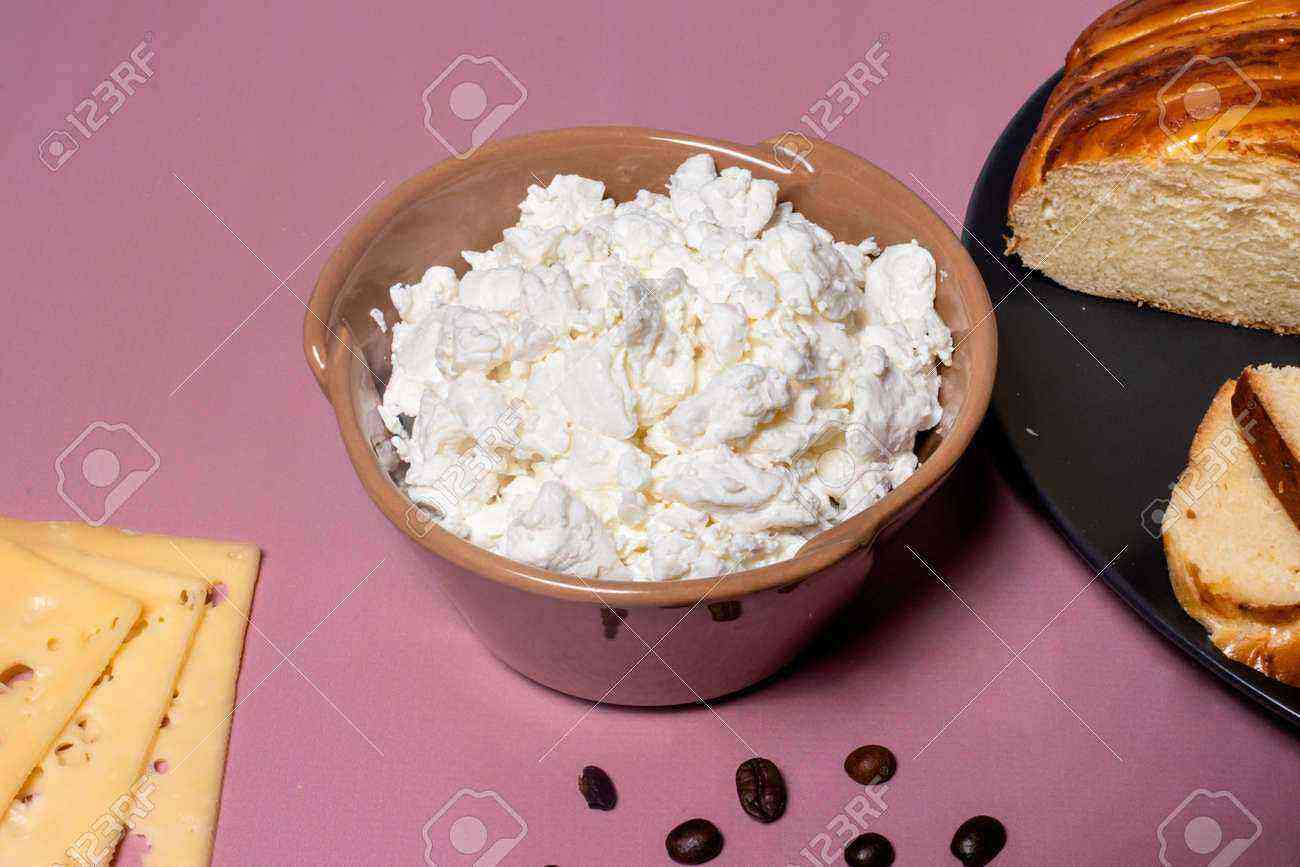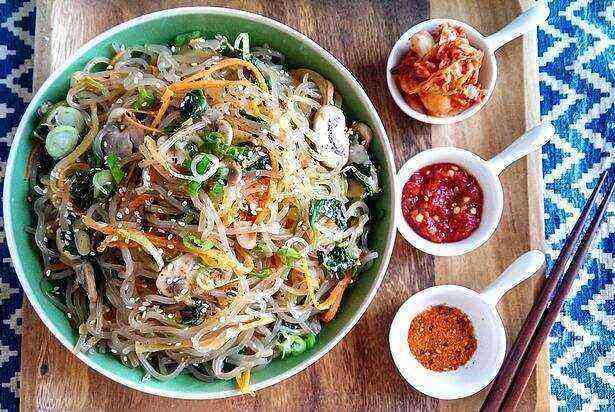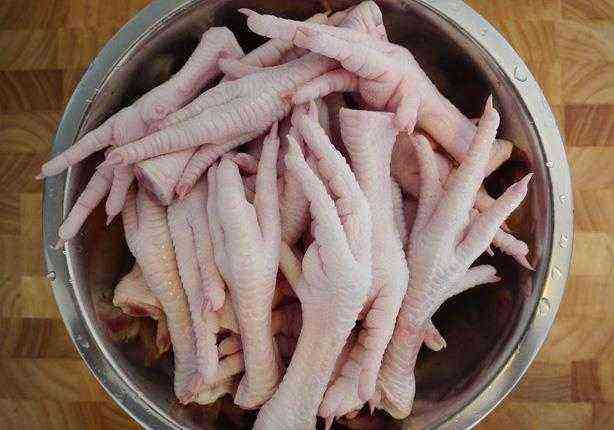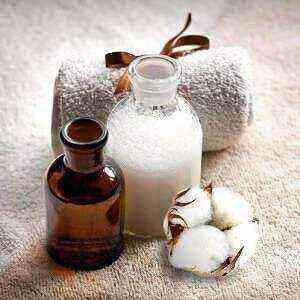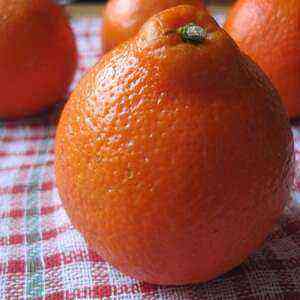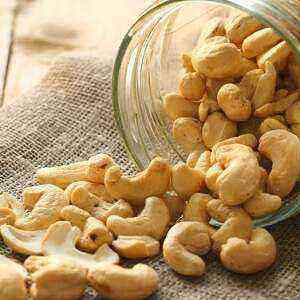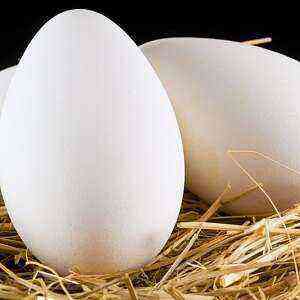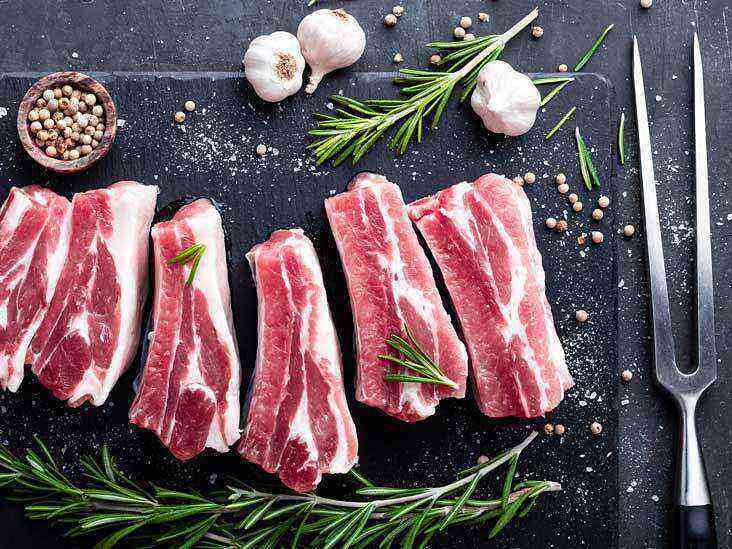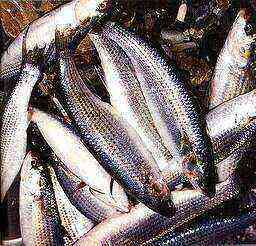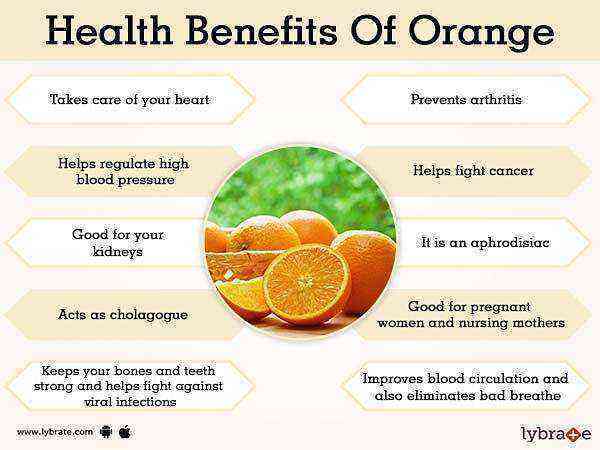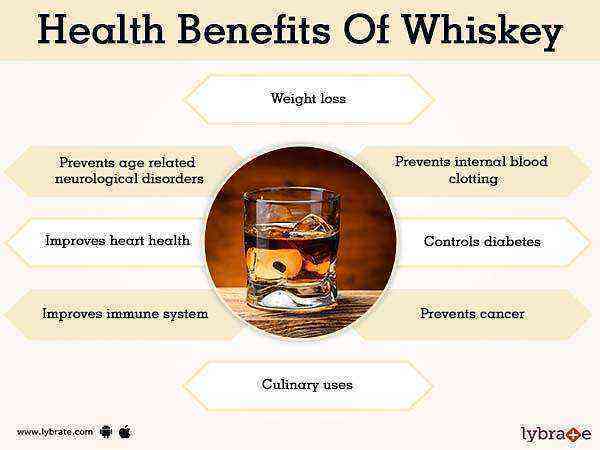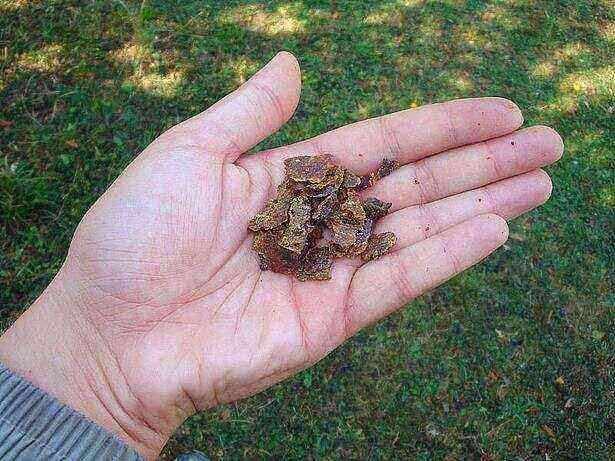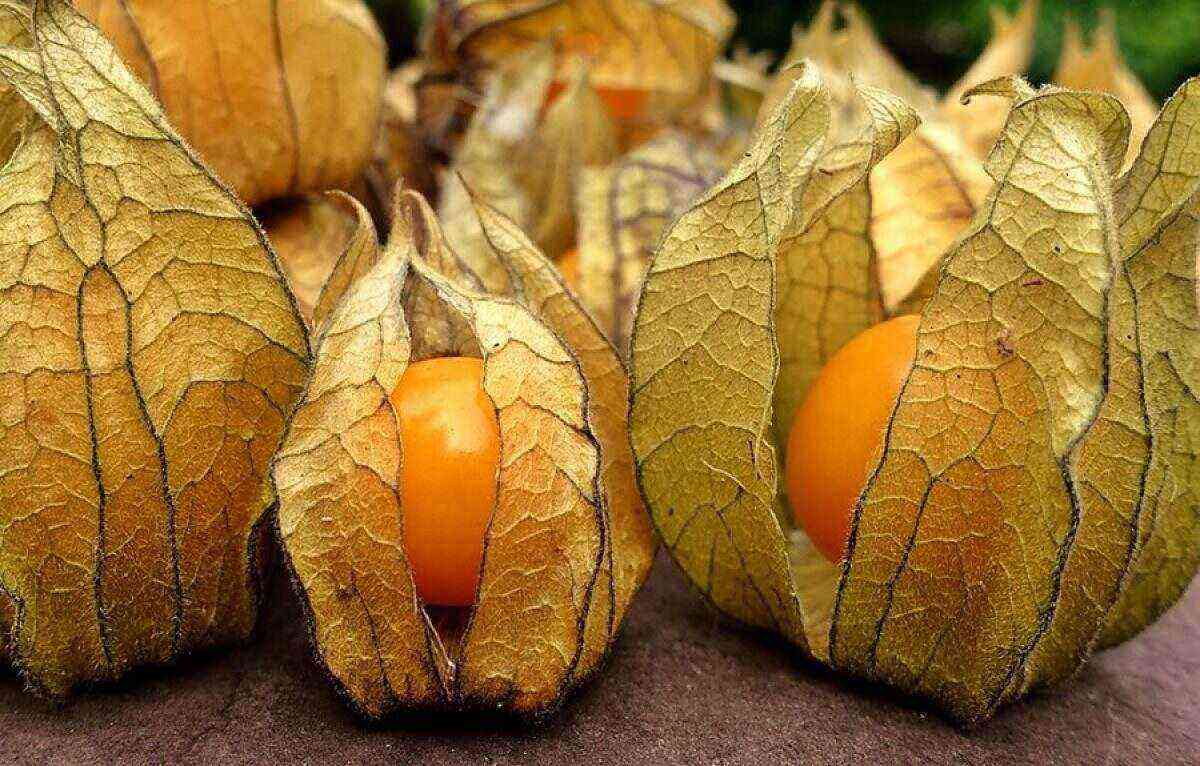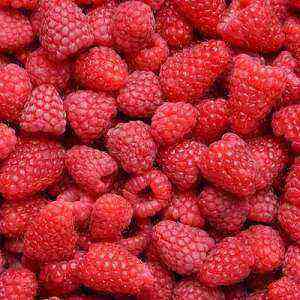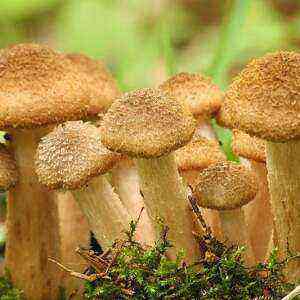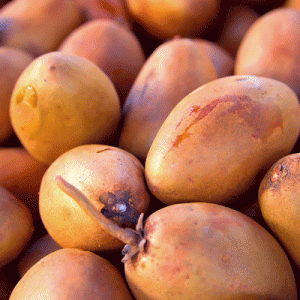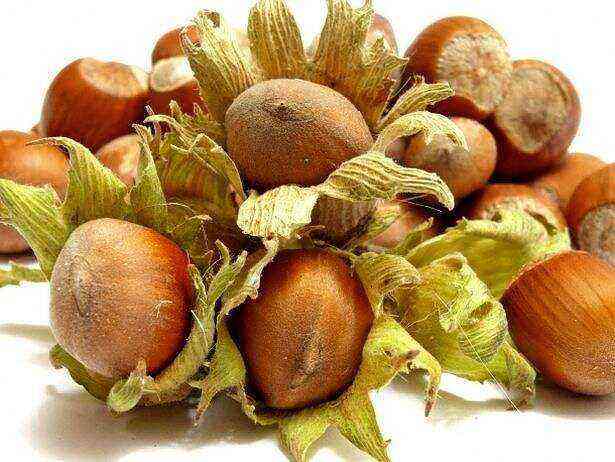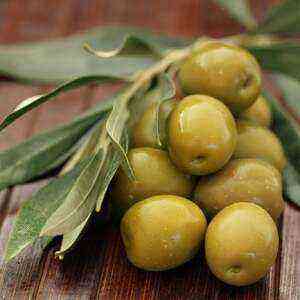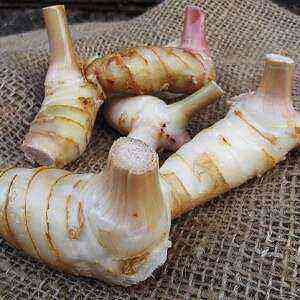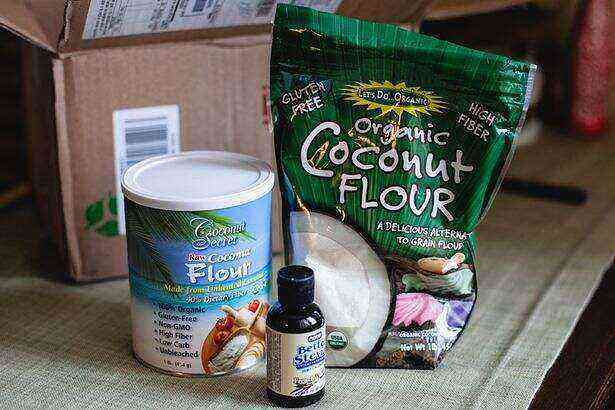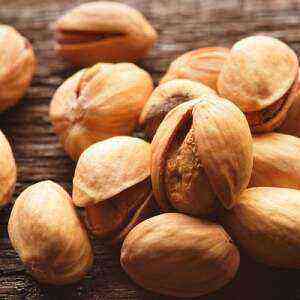
Syria is considered the birthplace of these nuts. In many Asian countries, the pistachio tree was called the “tree of life” in ancient times. In Persia, these fruits were used as currency.
A pistachio tree is a tree or shrub with a dense crown. This plant is a long-lived: lives up to 400 years. It grows in tropical and subtropical latitudes.
Pistachio bears fruits that, from a botanical point of view, are drupes. Pistachios are usually called nuts only in cooking. The shell of ripened fruit in September-November is easy to open. An oily nut of greenish color ripens inside a hard shell.
Chemical composition
Pistachios are a protein-fat product. Proteins in 100 g of these nuts contain about 20%, fat – up to 45%. Pistachios also have a lot of carbohydrates (27-28 g), of which about 10 g are fiber and pectin (dietary fiber). The high content of nutrients in this product determines its high calorie content – 555-560 kcal per 100 g.
The amino acid composition of the proteins of these nuts is complete. These proteins contain all the essential (essential) amino acids that the human body needs to receive daily to build their protein complexes. The content of essential amino acids in pistachios is 7,6-7,8 g per 100 g of nuts, which is 35-36% of the daily allowance for an adult. Among the essential amino acids, 100 g of nuts contains the most valine and isoleucine: 50% and 45% of the daily requirement, respectively.
Fats of pistachio fruits consist of 91-92% of unsaturated fatty acids represented by the omega-9 and omega-6 group. The main representative of the omega-9 group in the fat of these nuts is oleic acid (22,0-23,0 g), and omega-6 is linoleic acid, which is also called vitamin F. The content of vitamin F – vitamin longevity – in 100 g of fruit is up to 135% of his daily requirement.
Phytosterols are abundant in pistachio fats. The molecular structure of phytosterols is identical to animal cholesterol. Phytosterols, like cholesterol, are the building blocks from which cell walls are created, therefore they are necessary for the human body. The main phytosterol found in pistachios is beta-sitosterol (beta-sitosterol). In 100 g of nuts, its amount is up to 500% of the daily requirement. This hormone-like compound of plant origin has similarities with the female sex hormone – estrogen, so these nuts are considered a “female” product.
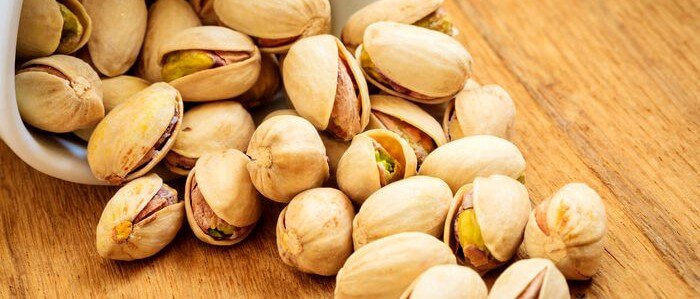
In addition to the main nutrients (proteins, fats and carbohydrates), these nuts are rich in vitamins, minerals, organic acids, tannins.
Vitamins
Name
Content in 100 g, milligrams
Vitamin B1 (thiamin) 0,9 Vitamin B2 (riboflavin) 0,2 Vitamin B3 (pantothenic acid) 0,5 Vitamin B6 (pyridoxine) 1,7 Vitamin B9 (folic acid) 0,05 Vitamin PP (nicotinic acid) 1,3, 5,5 Vitamin C (ascorbic acid) 24,9 Vitamin E (alpha-tocopherol and gamma-tocopherols) 0,003 Vitamin K (phylloquinone) 1,4 Lutein and zeaxanthin XNUMX
The largest amounts of vitamins in pistachios are alpha and gamma tocopherols (150% of the daily intake), vitamin B6 (up to 85%) and vitamin B1 (about 50%).
The mineral basis of pistachios is made up of macro- and microelements, of which, in quantities significant for human life, they contain: vanadium, boron, silicon, manganese, copper, phosphorus, cobalt, zirconium, potassium.
Minerals
Name
Content in 100 g, milligrams
Калий
700,0
Фосфор
400,0
Кальций
150,0-220,0
Магний
120,0-200,0
Сера
100,0
Кремний
50,0
Натрий
10,0-25,0
Цинк
2,2-2,8
Марганец
1,7-3,5
Медь
0,5-0,8
Бор
0,2
Ванадий
0,17
Никель
0,04
Цирконий
0,025
Молибден
0,025
Йод
0,01
Селен
0,002
Железо
0,004-0,006
Кобальт
0,005
Хром
0,007
The pistachio kernel is able to accumulate the radioactive element of strontium. 100 g of nuts contain up to 25% of the maximum allowable daily dose – 200 mcg.
Pistachios contain large quantities of purine bases (up to 30% of the daily intake of 100 g) and oxalic acid (more than 12%), which should be considered for people who suffer from gout and urolithiasis.
Useful Properties
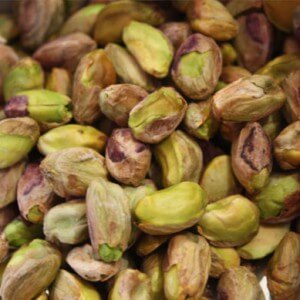
Essential linolenic acid (omega-6) fatty acids:
- have a regenerative effect on liver cells;
- liquefy bile, preventing the formation of stones in the bile ducts and bladder;
- exhibit anti-inflammatory and analgesic effects on the digestive and respiratory organs;
- bind cholesterol in the blood, preventing its subsidence in atherosclerotic plaques;
- increase the elasticity of the vascular walls;
- contribute to lowering blood pressure;
- improve rheological properties of blood.
Studies of the effect of pistachios on blood cholesterol by American doctors have shown that daily use of two servings of these nuts reduces the amount of atherosclerotic plaques on the walls of blood vessels by seven times. A serving of pistachios, in the American sense, means 49 small nuts, which is one American ounce – 28,35 g.
These nuts are a powerful aphrodisiac because they:
- stimulate the production of sex hormones;
- normalize the work of the prostate gland;
- improve sperm quality;
- contribute to fertilization.
Vitamin E and carotenoids (lutein, zeaxanthin) improve vision, prevent eye diseases and help with existing eye diseases.
The astringent and tanning properties of the tannins contained in pistachios are successfully applied externally in cosmetology, as well as in proctology.
Thanks to the dietary fiber contained in pistachio fruits, when used inside, they:
- bind cholesterol in the intestine, reducing its absorption;
- precipitated salts of heavy metals, alkaloids, glycosides;
- they absorb water and swell, which increases the volume of the intestinal contents and stimulate its peristalsis.
The beneficial properties of pistachio fruits can also be attributed to their ability to reduce blood sugar while being consumed with foods that have a high glycemic index, such as wheat bread or buns. This property is used in the preparation of a diet for diabetics.
Pistachios are high-calorie, but a small amount (20-30 g) satisfies hunger and reduces appetite, so they are indicated for overweight people.
A large number of antioxidants in these fruits allowed the American Cancer Research Association in 2009 to recognize pistachios as a means of cancer prevention.
Application in medicine
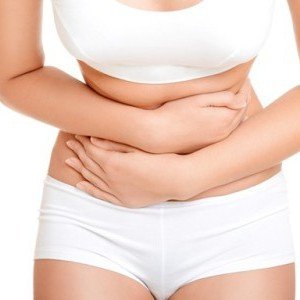
- biliary dyskinesia;
- cholecystitis;
- after cholecystectomy (removal of the gallbladder);
- cholelithiasis;
- hepatitis;
- cirrhosis of the liver;
- inflammation of the stomach and intestines (gastritis, duodenitis, enteritis, colitis).
It is useful to introduce pistachio fruits into the diet for patients with cardiovascular diseases:
- atherosclerosis;
- transient ischemic attacks, micro-strokes;
- ischemic heart disease;
- angiopathies (senile, hypertonic, diabetic);
- arterial hypertension;
- thrombophilia;
- varicose vein disease;
- thrombophlebitis.
In emergency cases of poisoning with heavy metal salts, cardiac glycosides or alkaloids, a handful of pistachios can be taken as an emergency detoxification agent.
The antioxidant properties of pistachios help with eye diseases:
- senile ophthalmopathies;
- macular degeneration;
- cataracts;
- worsening twilight vision.
Nuts are useful for women daily to increase sexual desire, and for men with sexual dysfunctions and erectile dysfunction.
Shredded pistachios can be used to make rectal suppositories for proctitis, rectal fissures, or hemorrhoids.
Application in dietetics

- these useful nuts can replace harmful chips, sweets and buns;
- they inhibit the appetite, than suppress the feeling of hunger;
- taken shortly before meals, they help to reduce the portion size;
- pistachios improve fat metabolism.
American nutritionist J. Painter discovered the so-called “pistachio principle”. This principle is that if you leave the shells of the pistachios he has eaten in front of a losing weight for the whole day, then subconsciously his brain thinks that the body is already full. It has been proven by the doctor that thanks to this principle, the amount of calories consumed per day is reduced by 18%.
Harmful properties
Despite the large number of useful properties, pistachios can also bring harm:
- they are an allergen, so allergy sufferers need to eat them with caution;
- salted pistachios increase blood pressure and retain water in the body, so they can not be used for hypertensive patients, people with kidney pathologies, as well as losing weight;
- with large use of pistachios, digestive disorders (nausea, vomiting, diarrhea) can occur.
Molds can appear on pistachios if stored improperly. Mold fungi in the process of their life produce toxic substances – aflatoxins. When eating pistachios affected by mold, acute aflatoxin poisoning can occur. These poisons:
- have toxic effects on liver cells;
- affect the heart, kidneys and spleen;
- depress immunity;
- cause fetal development disorders.
With prolonged use in small quantities of such poisoned products, chronic aflatoxin poisoning can occur, which is fraught with the onset of various oncological pathologies, most often liver cancer.
The use of pistachios is not recommended for pregnant and lactating women, because it increases the risk of allergic diseases in them and their children.
The use of these nuts is also not recommended for patients with urolithiasis and gout, as they may develop an exacerbation of their disease.
How to choose and store
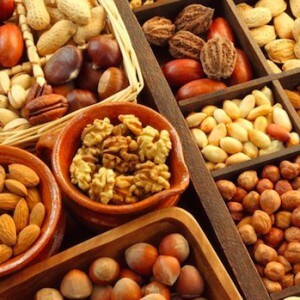
- The shell of pistachios should only be a natural beige color (without discoloration or staining). In this way, unscrupulous manufacturers hide defects of nuts.
- When buying pistachios by weight, they should be sniffed – they should not smell of mold from them.
- The pistachio shell should be ajar, and the color of the nut should be green (signs of ripe fruit).
You can not buy peeled nuts, because they very quickly deteriorate, damp, and the fats in them rancid. In addition to an unpleasant taste, such fruits can cause food poisoning. Therefore, you can not eat pistachios with a changed taste (sour, bitter), damp, with traces of mold on the surface of a nut or shell.
Dried pistachios should be stored only in airtight packaging at room temperature for no more than 1 year.
Cooking application
Pistachios can be eaten fresh, dried and fried. Using them prepare:
- confectionery (cakes, sweets, ice cream);
- salads;
- snacks;
- sauces;
- main dishes.
Ground nuts are added to a wide variety of different dishes as seasoning.
Pistachio Sauce
For its preparation you will need a handful of unsalted pistachios, one teaspoon of soy sauce and wine vinegar (preferably red), 2-3 cloves of garlic, 3 tablespoons of olive or other refined vegetable oil, several sprigs of herbs (parsley or cilantro), salt and spices taste. Peeled pistachios and garlic, together with leaves of herbs, grind in a blender bowl until smooth. Then, in a thin stream, introduce vegetable oil into this mass, continuing to whisk. Transfer the semi-finished product to the bowl, add soy sauce and vinegar, mix. Bring to the desired taste with salt and spices. This sauce gives piquancy to fish dishes or grilled vegetables.
conclusions
Pistachios are not only very tasty, but also very useful nuts. They have a beneficial effect on the digestive system, heart and blood vessels, vision, reproductive functions. In order for them to show their beneficial properties, they need to be consumed daily in small quantities.
Pistachios have a good effect on metabolism, so they can be included in the diet of patients with diabetes and overweight people. Suppressing appetite, these nuts help reduce hunger.
Caution should be taken when eating pistachios for people suffering from gout and urolithiasis, allergies, pregnant and lactating women.
When choosing this product, cleaned, salted, or moldy pistachios should be avoided.
Sources of
- Ablaev S. M. Pistashka Year of publication: 1987 Publisher: Agropromizdat

